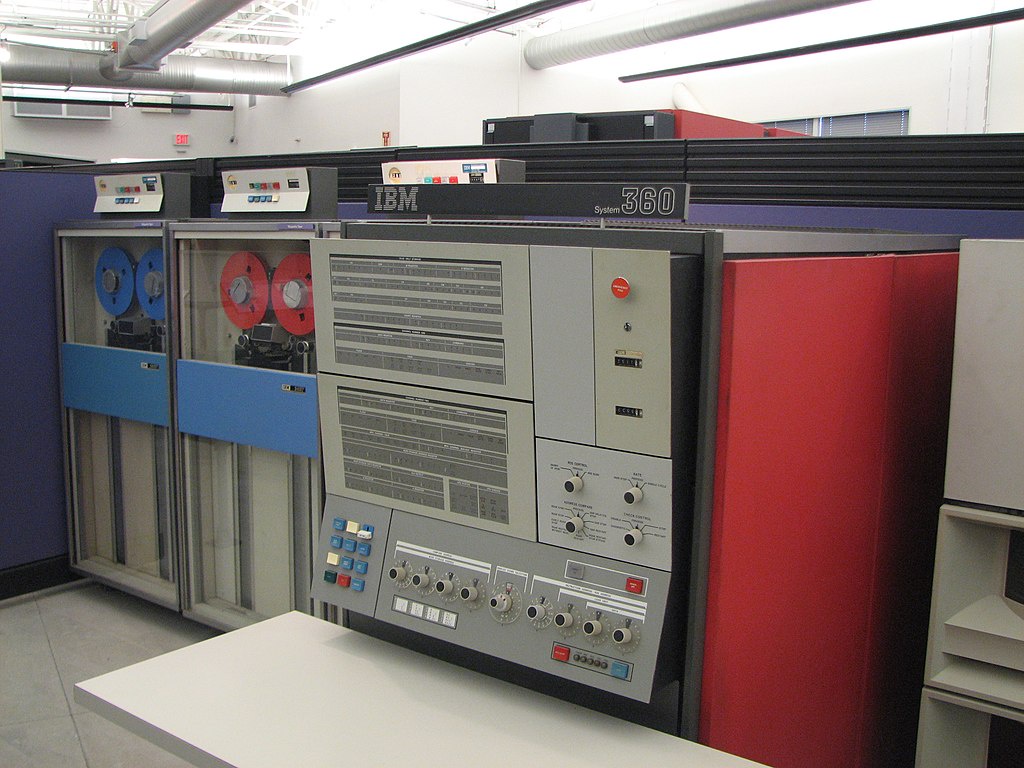The internet has changed the way we do business. The way we communicate, the way we work, and the way we live. Modernizing legacy applications is no exception. Businesses need to keep up with technology in order to stay competitive in this new digital world.
Businesses have been slow to modernize their legacy applications. But, there are many reasons why they should.
Expensive to maintain
This is a problem that many businesses face. Legacy applications are expensive to maintain and this can lead to a lot of inefficiencies and errors. The problem is that most legacy applications are not designed for today's world. They are not able to keep up with the pace of change, nor can they adapt quickly enough to new technologies, which means they will soon become obsolete.
The solution is to start looking for new ways of doing things, by using modern tools and platforms that are more suitable for today's needs. This will save time, money and effort in the long run.
Integration
Legacy systems are not easily integrated with other software and tools that the business might want or need to use.
The legacy system is often not compatible with newer technologies.
The process of integrating legacy systems can be time-consuming and expensive, as well as difficult to maintain.
Achieving this integration involves a lot of work and it is usually a time-consuming process.
Accessibility
With the internet, consumers have more access to information than ever before - and they expect companies to have it too. So if your company's website is slow or difficult to navigate on a mobile device, you're going to miss out on customers who are shopping around for a better experience elsewhere.
Cost
Upgrading your infrastructure will make it easier for you to maintain and update your system over time - which will save you money in the long run by lowering maintenance costs over time! It also allows you to take advantage of new technologies as they become available - so if you want access to cutting-edge features like artificial intelligence or augmented reality, now's the time to upgrade!
Security
For starters, legacy applications are often riddled with security flaws and vulnerabilities that can be exploited by hackers and cybercriminals. Updating these applications will eliminate those vulnerabilities and protect your company from potential attacks.
Staying up to date with the latest technology
Updating legacy apps also helps your business stay up-to-date with the latest technology trends. For example, if you want to use artificial intelligence in your business, then you would need a newer application that has AI capabilities built into it.
Demand
The skill set that is needed to develop legacy apps are not in high demand. This is because the skillset was developed before the internet existed and before smartphones were invented. The current generation of developers has a different skill set, as they are more skilled in developing for web applications and mobile devices.
Competition
Companies that have not upgraded their legacy apps are at risk of losing customers and profits due to a lack of competitiveness in the market.
As a result, these companies need to upgrade their legacy app in order to keep up with competitors who have already upgraded their legacy apps.
How to modernize your legacy applications
The first step to modernize your legacy applications is to identify which of the three categories your application falls under:
- Legacy applications that are not in production but need to be maintained for compliance reasons.
- Legacy applications that are currently in production, but are not critical and can be replaced with new technology as they age.
- Legacy applications that are critical to the business and cannot be replaced with new technology as they age.
Next, you need to decide whether you want to rewrite or refactor your legacy code. Rewriting is more expensive and risky than refactoring because it requires a lot more time, money, and effort. However, rewriting will give you a chance at updating your application's architecture so that it is more scalable and maintainable over time. Refactoring is less expensive but does not give you an opportunity for updating the architecture of your legacy application. You may also want to consider moving some of your legacy code into microservices, and then rewriting some or all of it.
Another best way to modernize them is by looking for a service provider who can help you with the transition.
Final words
We have seen the reasons for legacy application modernization in this article. It is not just a trend, it is a necessity that businesses need to adapt to. They need to use modern tools and techniques that will help them become more competitive and productive.


No comments yet